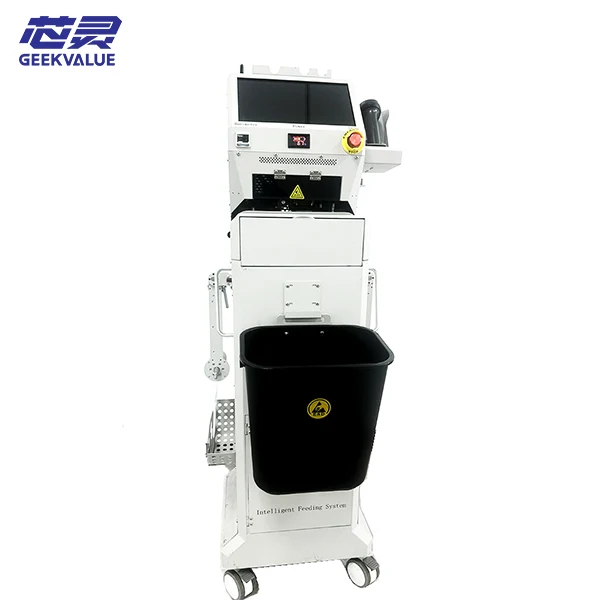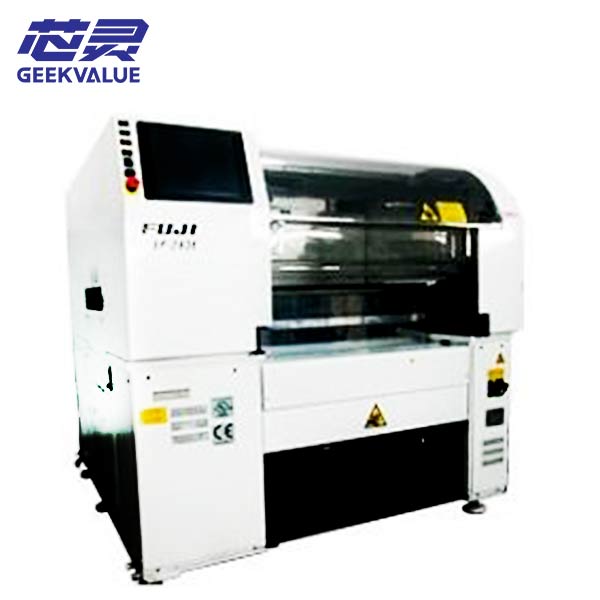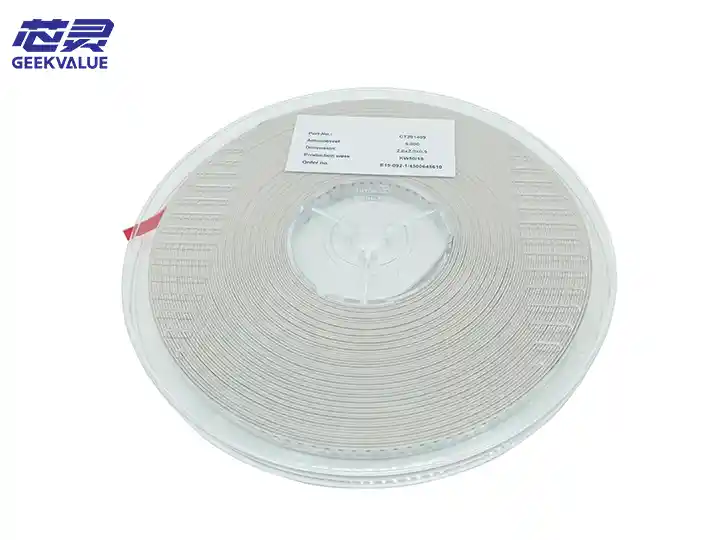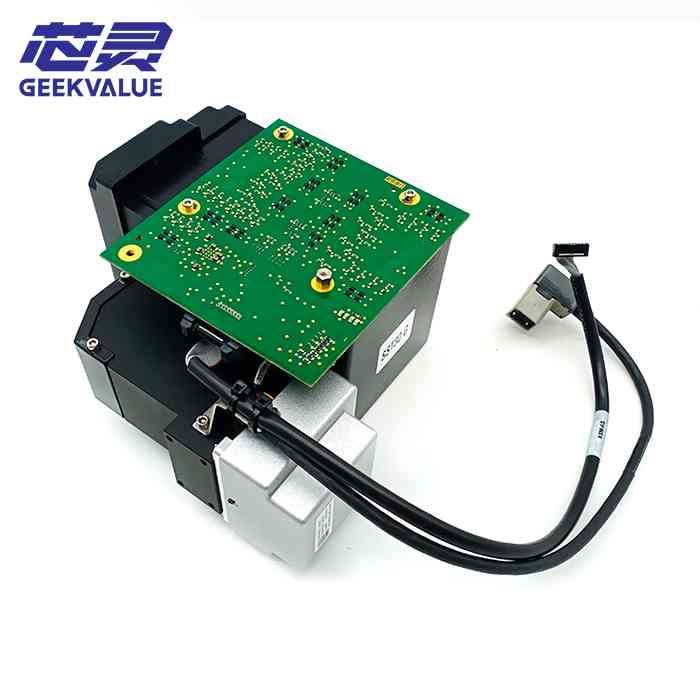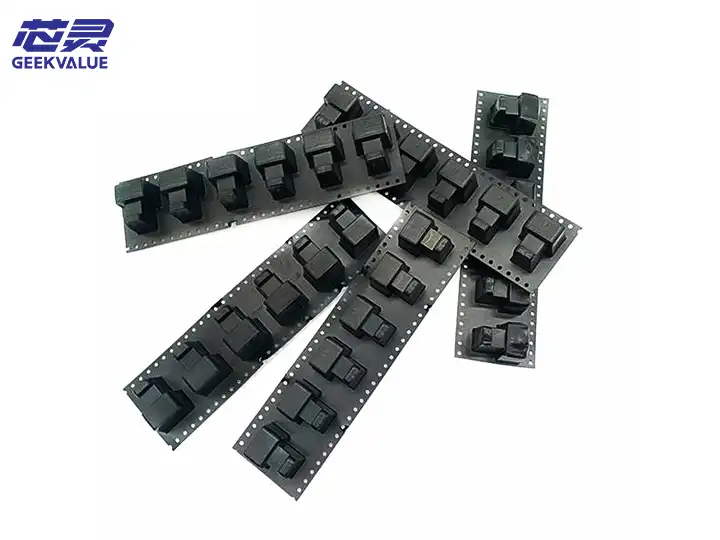Mashine ya kugawanya magari ni nini?
Mashine ya kuunganisha kiotomatiki ya SMT—pia inajulikana kama mashine ya kuunganisha kiotomatiki au ya kuunganisha kiotomatiki—imeundwa ili kuunganisha kiotomatiki kipigo kipya cha kijenzi cha SMT kwa kilichopo bila kusimamisha mashine ya kuchagua na kuweka. Mashine hii ya kiganja kiotomatiki huhakikisha uzalishaji unaoendelea, kupunguza muda wa kupungua, na kuboresha ufanisi wa jumla wa utengenezaji, na kuifanya kuwa muhimu kwa laini za sauti za juu za SMT, utengenezaji wa LED, na utengenezaji wa bidhaa za kielektroniki.
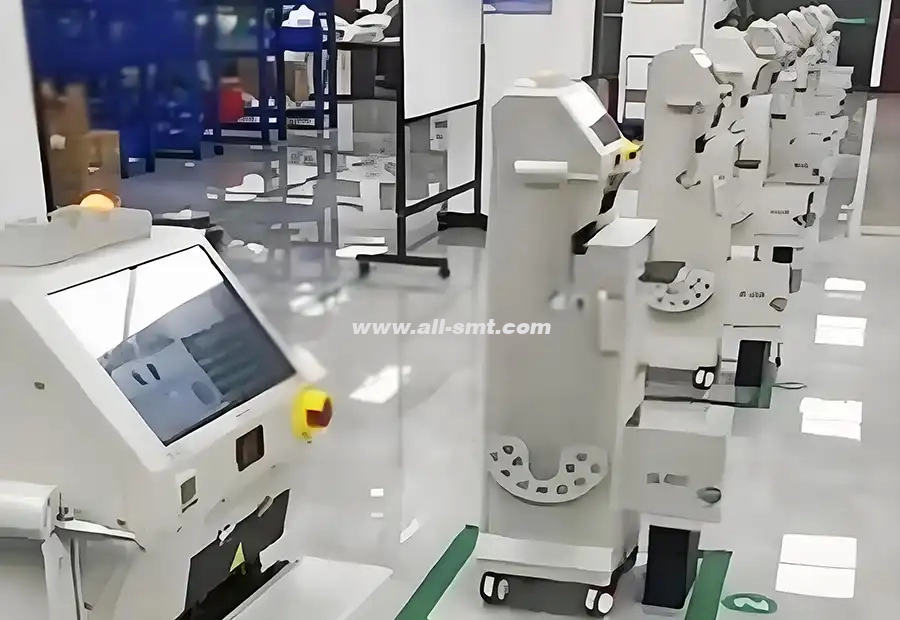
Sifa Muhimu na Manufaa ya Mashine ya Kuunganisha Kiotomatiki ya SMT
Kuunganisha reel otomatikibila kusimamisha uzalishaji wa SMT.
Inasaidia8mm, 12mm, 16mm, na 24mmkanda za carrier.
Usahihi wa hali ya juu ili kuzuia makosa ya kulisha.
Hupunguza gharama za wafanyikazi na huondoa kusimamishwa kwa mashine bila lazima.
Rahisi kutumia interface kwa uendeshaji wa haraka na mafunzo.
Inatumika na chapa kuu za SMT (Panasonic, Yamaha, FUJI, JUKI, Samsung).
Ubunifu wa kudumu kwa maisha marefu ya huduma na utendaji thabiti.
Maelezo ya kiufundi
| Mfano | Upana wa Tape | Ugavi wa Nguvu | Muda wa Kuchanganya | Vipimo (L×W×H) | Uzito |
|---|---|---|---|---|---|
| AS-800 | 8-24 mm | AC 220V / 50Hz | ≤ sekunde 5 | 600×400×300mm | 15 kg |
| AS-1200 | 8-32 mm | AC 220V / 50Hz | ≤ sekunde 4 | 650×420×310mm | 17 kg |
Jinsi Mashine ya Kuunganisha Kiotomatiki Hufanya Kazi
Pakia kipigo kipya cha kijenzi kwenye kiunganisha cha SMT.
Mashine ya kihusio kiotomatiki hutambua wakati reel ya sasa inakaribia kukamilika.
Utaratibu wa kuunganisha hujiunga moja kwa moja na mkanda wa zamani na mpya.
Uzalishaji wa SMT unaendelea bila kukatizwa.
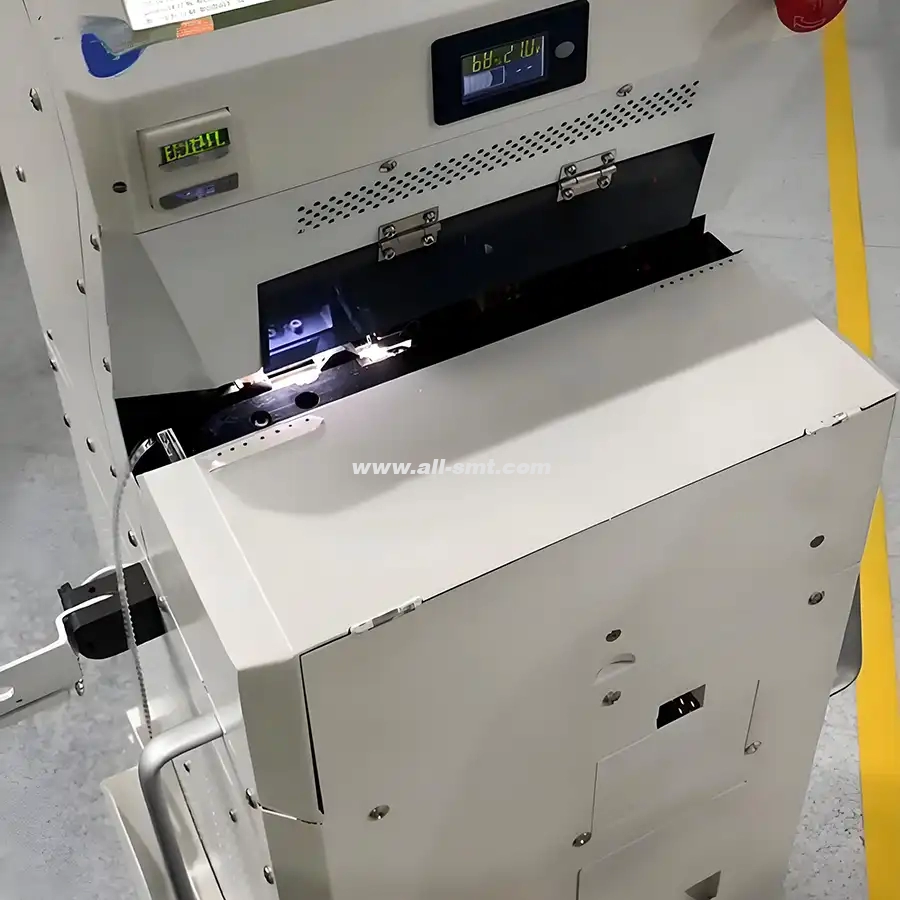
Maombi ya SMT Splicer
Mistari ya mkutano wa PCB
Utengenezaji wa LED
Elektroniki za magari
Uzalishaji wa vifaa vya mawasiliano
Elektroniki za watumiaji
Kwa nini Chagua Mashine Yetu ya Kuunganisha Kiotomatiki
| Kipengele | Mgawanyiko wa Mwongozo | Mashine ya Kuunganisha Kiotomatiki |
|---|---|---|
| Muda wa kupumzika kwa kila reel | Dakika 5-10 | 0 dakika |
| Usahihi wa kuunganisha | Kati | Juu |
| Mahitaji ya kazi | Juu | Chini |
| Hasara ya uzalishaji | Juu | Ndogo |
Huduma ya Baada ya Uuzaji
Udhamini wa mwaka 1 na usaidizi wa kiufundi bila malipo
Msaada wa mafunzo na ufungaji kwenye tovuti
24/7 majibu ya huduma kwa wateja
Usafirishaji wa kimataifa unapatikana
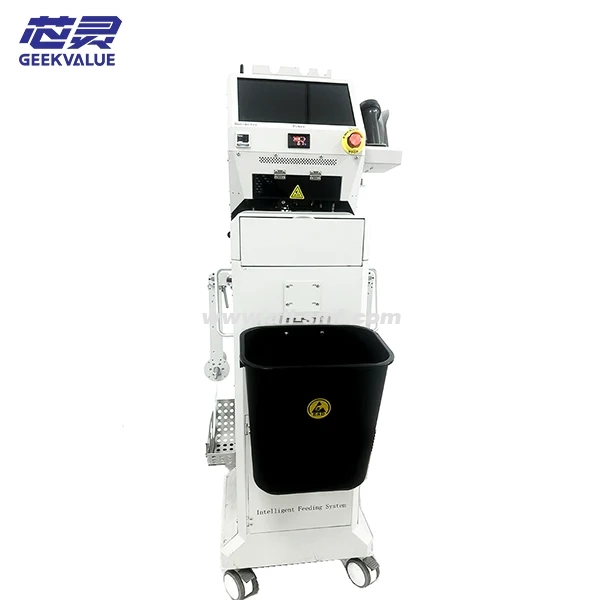
Faq
-
Je, kiganja kiotomatiki kinatumika kwa ajili gani katika uzalishaji wa SMT?
Kiganja kiotomatiki kinatumika kuunganisha kanda za vijenzi vya SMT bila kusimamisha mashine ya kuchagua na kuweka, kuhakikisha uzalishaji unaoendelea.
-
Je, kiungo cha SMT kinaweza kufanya kazi na chapa tofauti za malisho?
Ndiyo, inaoana na chapa nyingi za feeder, ikiwa ni pamoja na Panasonic, Yamaha, FUJI, JUKI, na Samsung.
-
Je, mashine ya kiganja kiotomatiki inaweza kushughulikia upana gani wa mkanda?
Inaauni tepi za 8mm, 12mm, 16mm na 24mm.
-
Je, mafunzo maalum yanahitajika ili kuendesha mashine ya kuunganisha kiotomatiki?
Hapana, operesheni ni rahisi, na mafunzo ya kimsingi huchukua chini ya saa 1.

